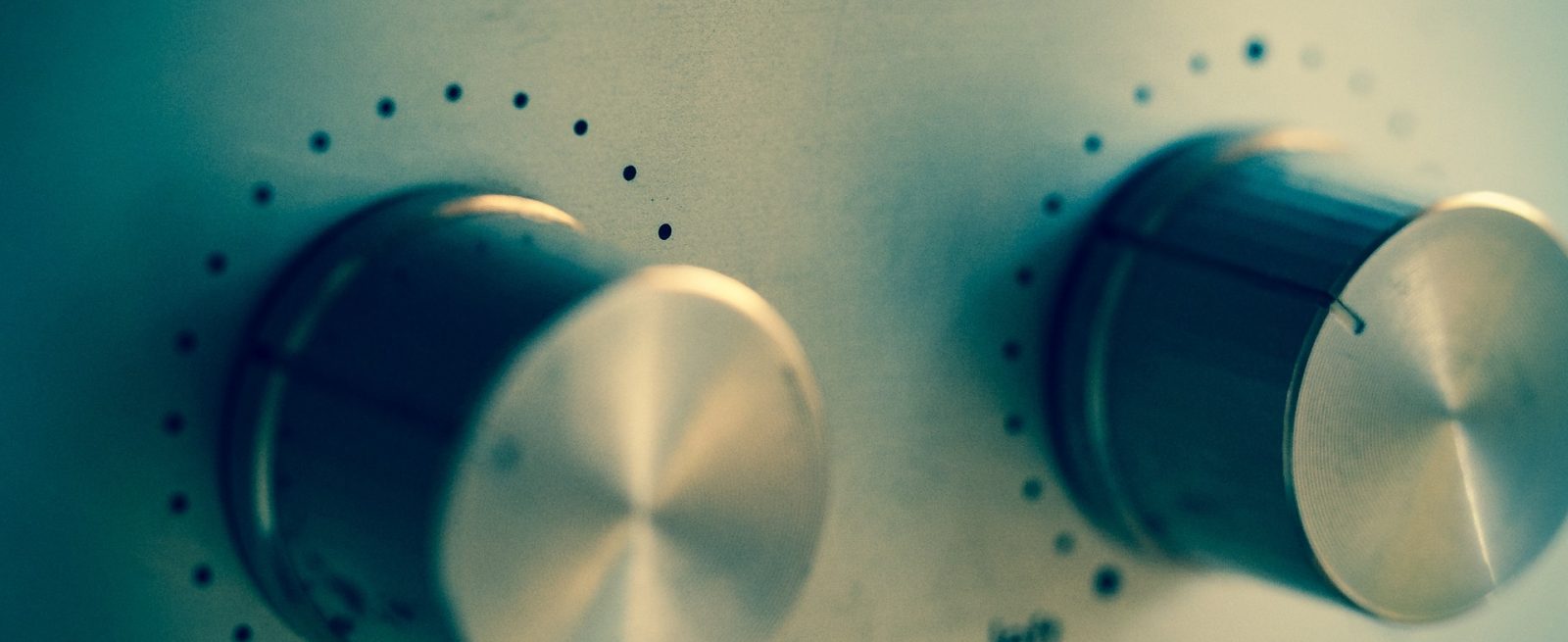Turn Down the Volume to Dial Up the Ambience
3 Min Read By Mikey Shaffer
Often what sets a restaurant with great food apart from another establishment with equally tasty cuisine is ambience. It’s the seating configuration, lighting, service, interior design, and—perhaps most importantly—the sound.
The sound inside a restaurant sets the stage for the whole dining experience. The right acoustics can make your patrons feel comfortable and more likely to return, and can even affect their sense of taste.
Is the dining room loud? Do sounds reverberate or get lost in vaulted ceilings and open spaces? Are kitchen noises audible in the dining area? If your restaurant features TV screens, are patrons straining to understand the audio or shouting to be heard over it as they attempt conversation with friends?
Here are a few ways to improve restaurant acoustics:
Minimize Background Noise
Some ambient noise – the din of conversation, especially in a small space – is inevitable. But, as much as possible, restaurants should limit diners’ exposure to background noise from heating and cooling systems, kitchen equipment, phones, entrances and outdoor sounds. Relocate loud equipment to areas where it will cause the least disruption to diners and staff and, to the extent you are able, place tables and conversation areas away from sources of background noise. You’ll be doing your part to protect people’s hearing and to enhance guests’ dining experiences.
Take Advantage of Existing Wi-Fi to Stream Audio
Nothing will destroy the ambience of a bar or restaurant faster than sound blasting from TVs; yet, many restaurant patrons expect to be able to watch TV while eating out, especially in bars or sports bistros. The challenge is getting the audio right. The sound needs to reach guests regardless of where they are sitting, but it shouldn’t be so loud that it could damage someone’s hearing or make it difficult for guests to enjoy conversation. Audio becomes even more challenging if there are multiple TVs broadcasting different events.
If your restaurant has a Wi-Fi system, consider an audio over Wi-Fi solution that lets patrons stream sound from a TV or other restaurant audio source of their choice directly to their tablets or smartphones. Streaming audio can help reduce noise and improve the ambience. When customers are able to clearly hear the audio of their favorite sporting event on a TV screen in a restaurant or bar, or they can easily hear and converse with friends instead of competing with venue audio, they may be more likely to stay longer at the venue and spend more money.
This proved to be the case when Chaplin’s Sports Bistroin Union City, California, added a streaming audio system. Not only did the restaurant attract more customers, those customers spent more time in the restaurant, according to owner Alfred Anderson.
Reconsider Interior Design and Add Acoustic Materials
Another way to improve the acoustics, and therefore, ambience, of your dining space, is to redecorate. Tile, concrete and metal might look great, but these materials present challenges to clear sound. Adding tablecloths, cushions, leather furniture, or fabric can offset harsher materials and improve acoustics.
Many restaurants known for their excellent acoustic ambience have invested in sound-absorbing materials. These can be pricey, but you don’t have to cover every wall or every inch of the ceiling to make a difference.
At CōVin Wayzata, Minnesota, owners added acoustic panels and wooden slats to absorb and disperse noise in the dining room. Owners ofBoba Lattein Richardson, Texas, improved acoustics by transforming a white wall into a statement piece with colorful acoustic tiles. In both instances, changes enhanced the ambience in the dining spaces. Other acoustic-enhancing options include sound-absorbing ceiling tiles and metal decking that absorbs noise.
Sound sets the stage for patrons’ experiences in a restaurant or bar. When an establishment gets the sound right, customers feel comfortable, their taste buds work better, and they’re more likely to return. Consider what small changes you can make in your establishment to improve acoustics and sound, and dial up the ambience.


